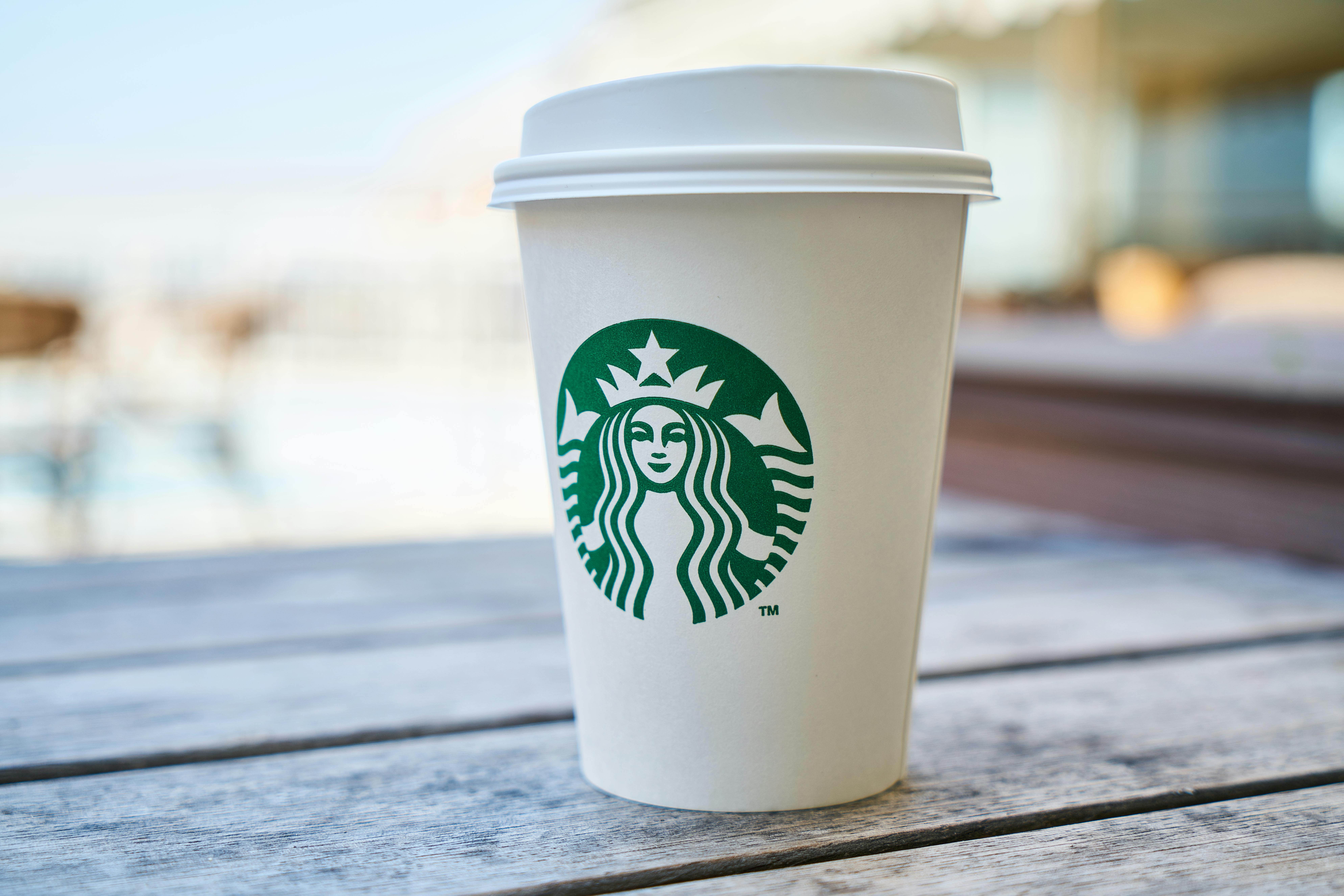
23 Jan Why Does Starbucks Coffee (and Canada Goose Jackets) Cost More?
![]()
![]()
![]() Sellers must decide where to price their products: do they want to be a low-cost supplier, price according to their costs, target their prices for a certain market segment, or deploy a premium price strategy when deciding on their pricing strategy? Successful brands are using each strategy. Companies such as Starbucks and Canada Goose have chosen to differentiate their products from others in the marketplace by pricing their products as premium brands in their marketplace. They are considered “luxury goods,” products that increase in demand as the buyer’s income increases.
Sellers must decide where to price their products: do they want to be a low-cost supplier, price according to their costs, target their prices for a certain market segment, or deploy a premium price strategy when deciding on their pricing strategy? Successful brands are using each strategy. Companies such as Starbucks and Canada Goose have chosen to differentiate their products from others in the marketplace by pricing their products as premium brands in their marketplace. They are considered “luxury goods,” products that increase in demand as the buyer’s income increases.
Starbucks deliberately prices its coffee at the high end of the market and is proud of it. They would say they deliver an enriched coffee experience, which includes the ambiance and the ability to surf the internet and work on your laptop or tablet while enjoying coffee, which customers desire.
The premium value that customers place on their Starbucks coffee experience is the result of exceptional brand loyalty developed by Starbucks marketing, but also due to convenience (so many stores, many are drive-through), a relaxing and pleasurable atmosphere, the ordering experience, free internet access in their stores, market dominance, standardization across North America, offering of some bakery goods, mobile payments, and easy gifting. Perhaps there is also a certain amount of status or “snob” appeal associated with drinking Starbucks coffee. Also, Starbucks rarely advertises in print or on television, so its brand marketing results from social media and peer influences.
Canada Goose first received recognition as the supplier of ultra-warm coats for expeditions to Mt. Everest and as the supplier of extreme weather coats to the Royal Canadian Mounted Police in the 1960s. They successfully created luxury brand affinity as their outerwear became the envy of trendy and fashion-conscious buyers worldwide. Canada Goose fur-lined hooded down parkas currently retail for as much as from US$995 to US$1600. Competitors Eddie Bauer, Lands End, L. L. Bean, and North Face all produce high-quality down parkas that retail for about one-third of the price of Canada Goose products.
So, despite several very nice alternatives, many consumers continue to purchase Canada Goose coats at a premium price. Why? Because their buyers perceive more excellent value in them, not just in providing better winter comfort, but they also receive psychic rewards of showing off the Canada Goose logo patch on their winter coat. Since Canada Goose charges premium prices and does not discount its coats, it can pass on the higher cost of manufacturing in Canada versus the cost in Asia. Canada Goose products also appeal to socially conscious consumers by employing Inuit workers and contributing part of their profits to the Polar Bears International charity.
“Not long ago, ‘Canada Goose was primarily a purely functional, technical brand,’ observed retail consultancy J.C. Williams senior advisor Bruce Winder. ‘Somehow, they’ve become cool and prestigious.’” 1 That was the strategy of the founder’s grandson, Dani Reiss, who decided to sell Canada Goose coats under their brand name after he took over the company’s leadership in 1993 rather than manufacture them for others, including L.L. Bean and Eddie Bauer.2
Starbucks, Canada Goose, Apple, Tumi, Rolex, and Louis Vuitton are examples of successful brand advertising that has made consumers willing to pay a premium for their products. Many of the premium brands have had to deal with counterfeit copies that are sold to unsuspecting buyers. A good hint is that it is probably a fake if it isn’t being sold at close to its total retail price. According to the jaztime blog, a website dedicated to the resale of watches, the number of fake Rolexes sold on such sites as eBay is “enormous.”3
Companies must decide which buyers to target and develop marketing strategies to succeed in that market. Starbucks and Canada Goose decided to offer high-end products to customers who are willing to pay more. Often, companies offer lower-quality products at a lesser price, sometimes under different brands. Still, both Starbucks and Canada Goose have eschewed that strategy and have been very successful. Companies considering premium pricing can learn a lot by studying their example.
2 Ibid.